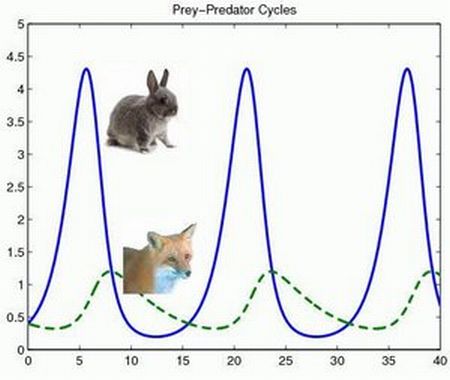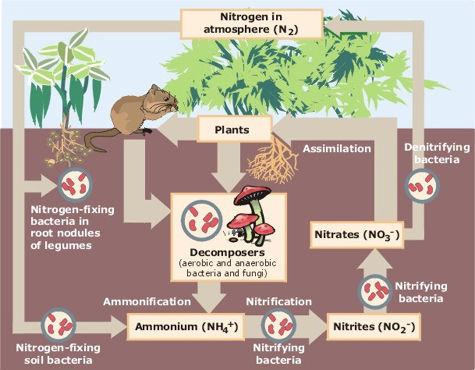I’m enjoying loading up my new iPhone with lots of science and maths apps, including some that are especially relevant to VCE Biology students. Mitosis is a free app that has images, videos, a glossary, a ‘tutor’ and other resources from wikipedia, Botanical Society of America, NOVA online and Florida State University. It has images and written and audio descriptions of each of the phases as well as a 10 question multiple choice test. Hudson Alpha Institute for Biotechnology has produced another free app called iCell, which has annotated 3D images of animal, plant and bacterial cells. You can select organelles and read about their structure and function. So, if you already have an iPod touch or an iPhone, these are the two I would recommend for VCE Biology. If you have any other suggestions, please leave a comment below.
Another free app, that might not be quite as useful is Phyto, which is a phytoplankton identification App from Shawn E. Gano. It has images, descriptions, flashcards and pronounciation of 28 different species of phytoplankton. I’ll be looking forward to a similar app. for Australian freshwater macroinvertebrates! I also downloaded “Ecosystems” which I thought would be interesting, but it is specific to an exhibition at the California Science Centre and only useful if you were actually doing a tour of the exhibit.


